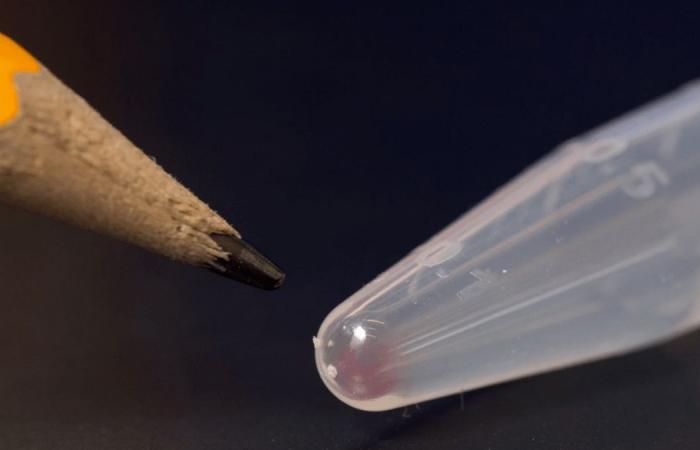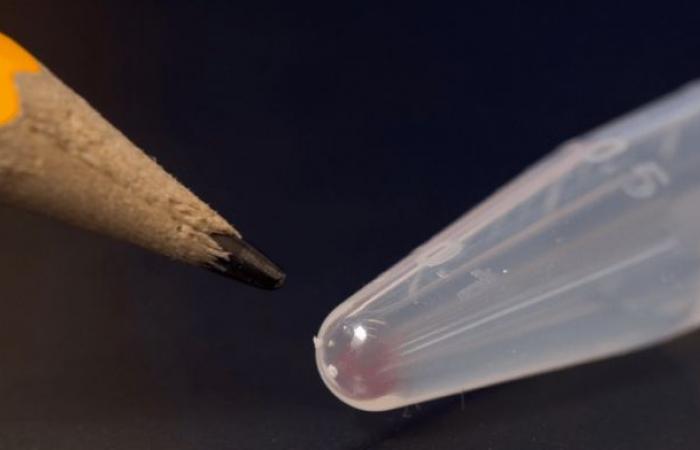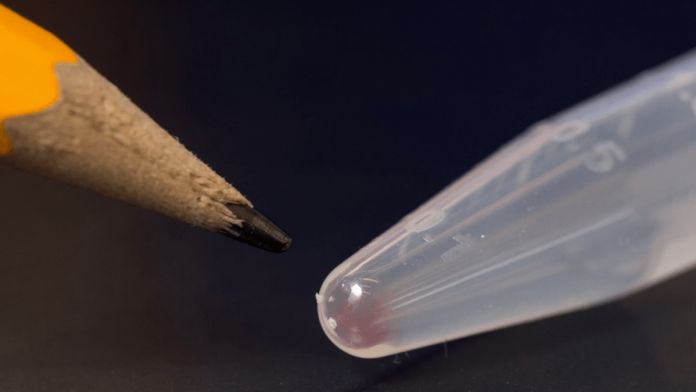Storing information in DNA is possible, but quite complicated and slow. However, various companies are researching it – and the DNA Data Storage Alliance has now been founded to drive this development forward.
Long way to application
Microsoft and Western Digital are probably the most prominent co-founders, and there are also Twist Bioscience and Illumina. Twist Bioscience and Microsoft have been working with the University of Washington for years to store data in synthetic DNA. Last year, they had already shown a prototype of automated DNA storage and, in collaboration with Twist Bioscience, proved that it is also possible to store larger amounts of data.
There is still a long way to go before it can be used commercially, said Karin Strauss from Microsoft Research in a presentation at the Flash Memory Summit. The foundation of the DNA Data Storage Allience initially serves to provide information about the technology, identify possible applications and then possibly develop a roadmap for commercial uses.
Advantages of DNA storage
Overall, however, Strauss does not see data storage in synthetic DNA as a competitor to flash memory. Currently the latency is way too high and the speed is way too slow. DNA storage could perhaps serve as an archive medium, but not as fast working memory. Compared to current techniques of long-term archiving, however, DNA storage is much more suitable: Strauss reckons that the information would last between two thousand and two million years. Another advantage of the DNA memory: There will always be readers for DNA; different from current storage media.

Once the technology is fully developed, it should also be less polluting than the current one. Strauss compared DNA storage with a tape: To store 1 TB of data over a year, tape drives require three times the energy, and accordingly three times the CO2 emissions are to be expected.
Should the technology one day be ready for the market, the space requirement should also be significantly lower. Strauss said an exabyte could fit into a one-inch (2.54 cm) cube. For most users, the storage space in the pink spot in the picture above could also be sufficient: that’s 10 Tbytes.
(ll)
Source link by https://www.heise.de/news/Microsoft-und-Western-Digital-gruenden-die-DNA-Data-Storage-Alliance-4960568.html
*The article has been translated based on the content of Source link by https://www.heise.de/news/Microsoft-und-Western-Digital-gruenden-die-DNA-Data-Storage-Alliance-4960568.html
. If there is any problem regarding the content, copyright, please leave a report below the article. We will try to process as quickly as possible to protect the rights of the author. Thank you very much!
*We just want readers to access information more quickly and easily with other multilingual content, instead of information only available in a certain language.
*We always respect the copyright of the content of the author and always include the original link of the source article.If the author disagrees, just leave the report below the article, the article will be edited or deleted at the request of the author. Thanks very much! Best regards!
These were the details of the news Microsoft and Western Digital create the DNA Data Storage Alliance for this day. We hope that we have succeeded by giving you the full details and information. To follow all our news, you can subscribe to the alerts system or to one of our different systems to provide you with all that is new.
It is also worth noting that the original news has been published and is available at en24news and the editorial team at AlKhaleej Today has confirmed it and it has been modified, and it may have been completely transferred or quoted from it and you can read and follow this news from its main source.




